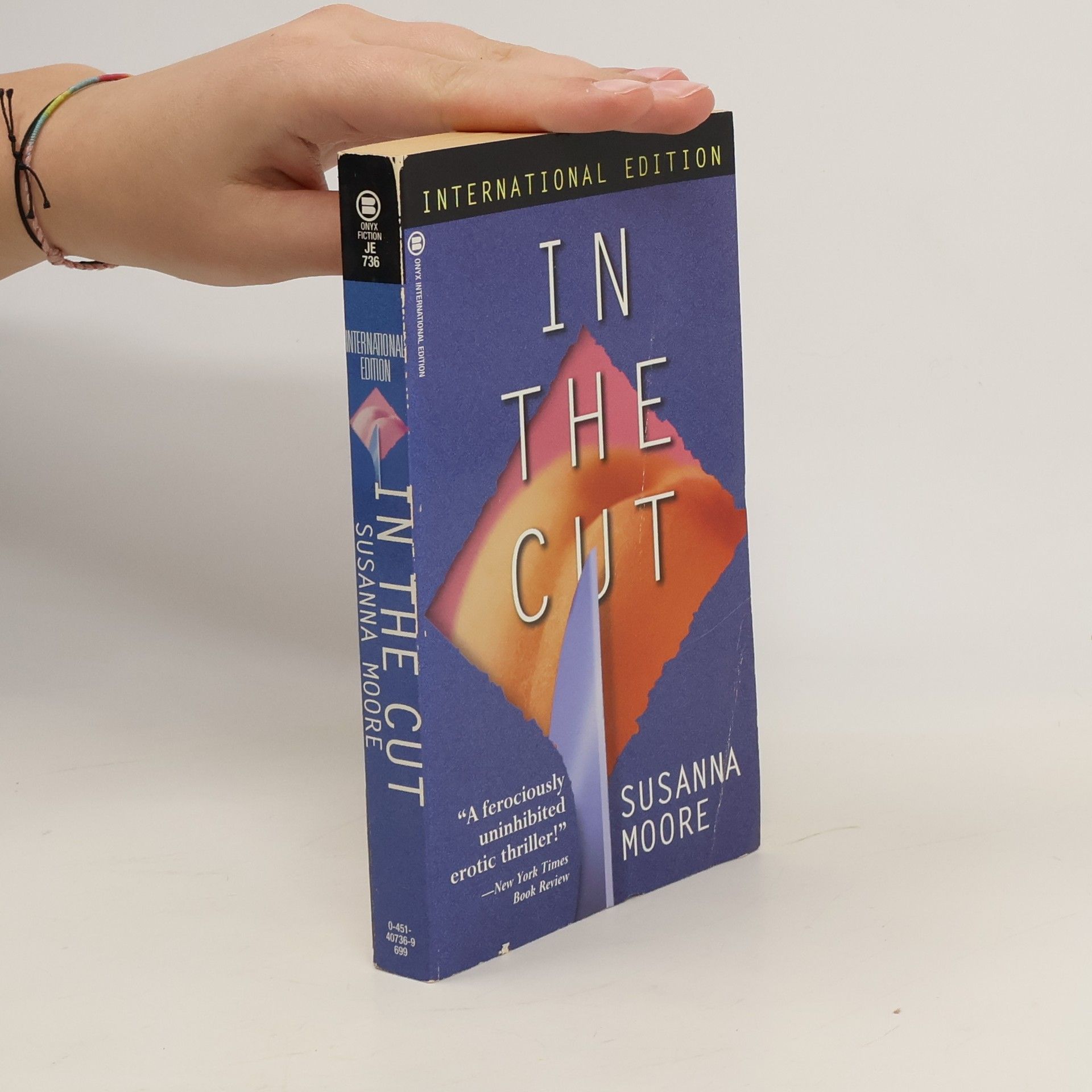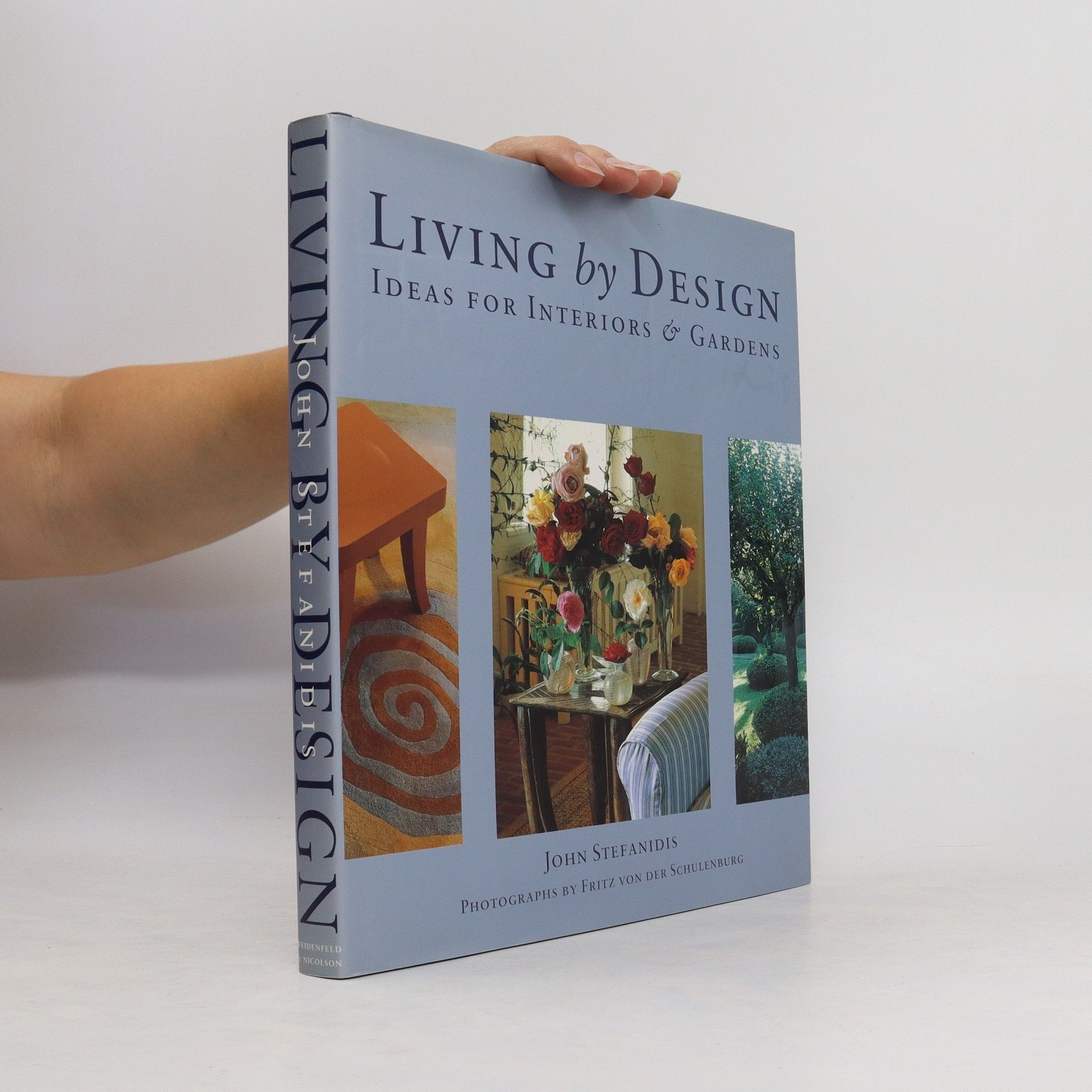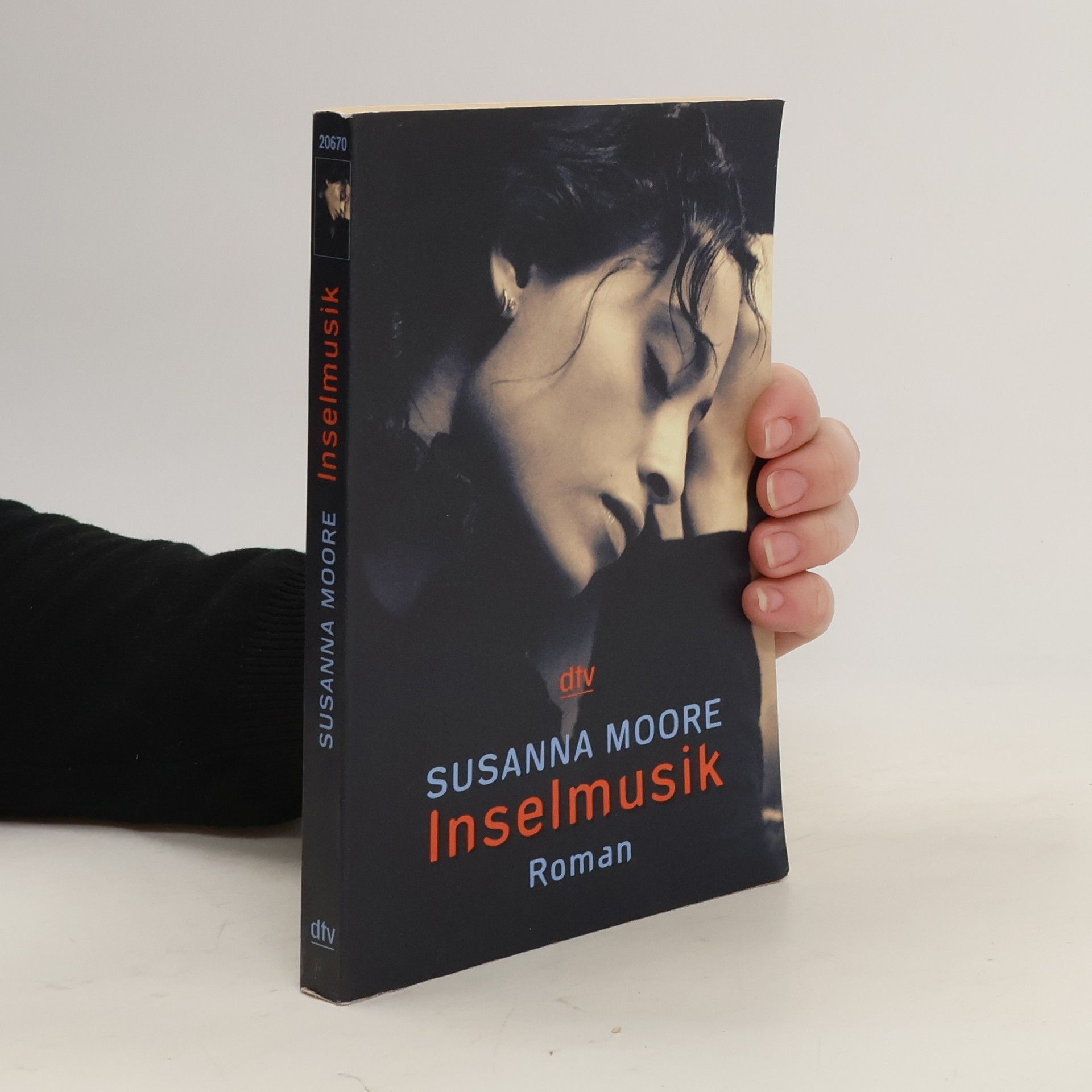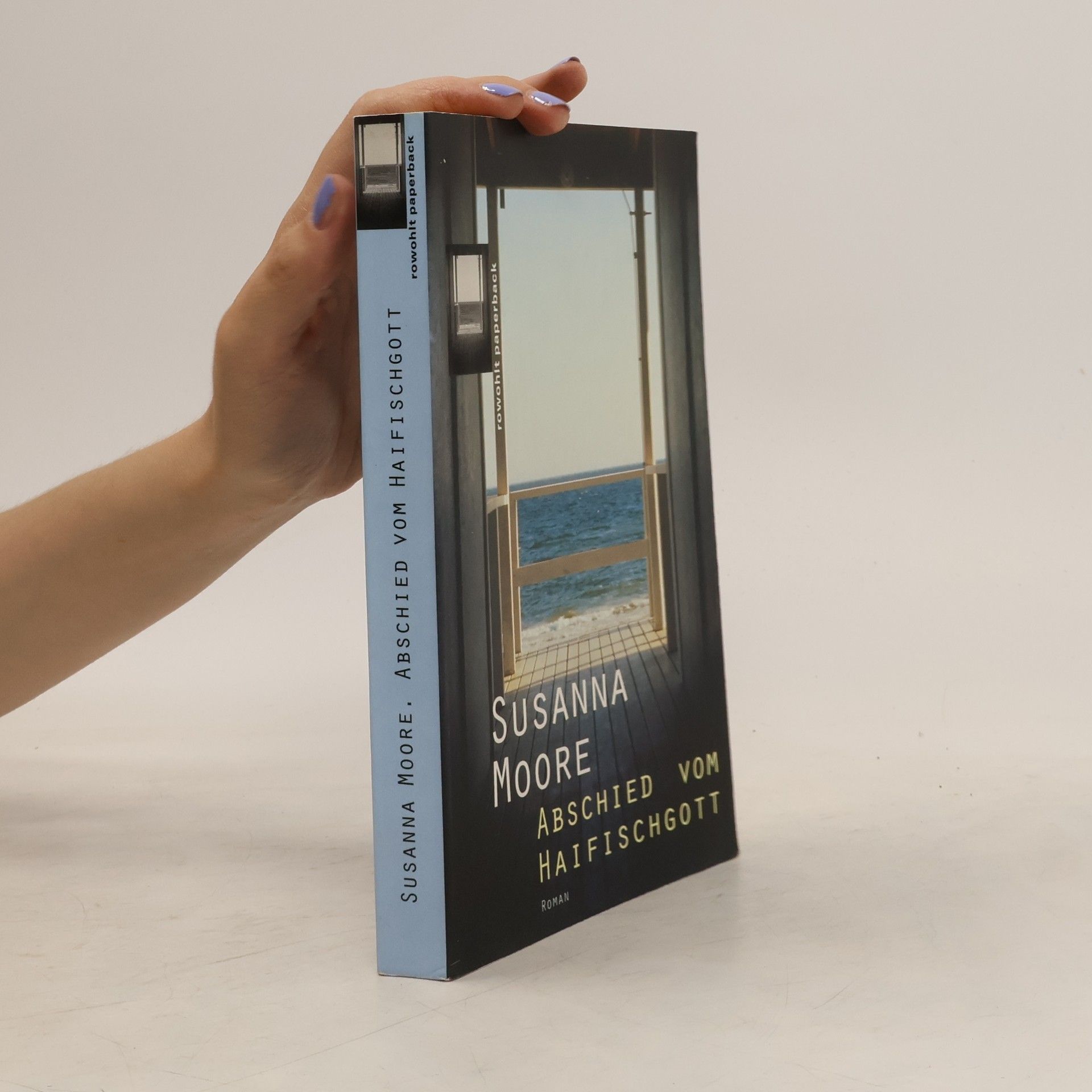The memoir intertwines childhood memories with reflections on literature, exploring the author's deep connection to the ocean and her formative experiences on an island. Through vivid reminiscences, she navigates her personal growth and the influence of literary works on her life, capturing the essence of her journey back to her roots.
Susanna Moore Boeken
Susanna Moore schrijft romans die zich verdiepen in de complexiteit van de menselijke psychologie en relaties. Haar kenmerkende stijl wordt gekenmerkt door indringende introspectie en precieze taal, die de lezer onderdompelt in de emotionele en intellectuele wereld van haar personages. Moore verkent regelmatig thema's als identiteit, verlangen en de zoektocht naar betekenis in het hedendaagse leven. Haar werk biedt boeiende en vaak verontrustende verkenningen van de menselijke conditie.






The Life of Objects
- 239bladzijden
- 9 uur lezen
In 1938, seventeen-year-old Beatrice, an Irish Protestant lace maker, finds herself at the center of a fairy tale when she is whisked away from her dreary life to join the Berlin household of Felix and Dorothea Metzenburg. Art collectors, and friends to the most fascinating men and women in Europe, the Metzenburgs introduce Beatrice to a world in which she finds more to desire than she ever imagined. But Germany has launched its campaign of aggression across Europe, and, before long, the conflict reaches the Metzenburgs’ threshold. Retreating with Beatrice to their country estate, Felix and Dorothea do their best to preserve the traditions of the old world. But the realities of hunger and illness, as well as the even graver threats of Nazi terror, the deportation and murder of Jews, and the hordes of refugees fleeing the advancing Red Army begin to threaten their existence. When the Metzenburgs are forced to join a growing population of men and women in hiding, Beatrice, increasingly attached to the family and its unlikely wartime community, bears heartrending witness to the atrocities of the age and to the human capacity for strength in the face of irrevocable loss. In searing physical and emotional detail, The Life of Objects illuminates Beatrice’s journey from childhood to womanhood, from naïveté to wisdom, as a continent collapses into darkness around her. It is Susanna Moore’s most powerful and haunting novel yet.
Drawn partly from a true story, The Lost Wife is a searing and immersive novel about a devastating Native American revolt, and a woman caught in the middle of the conflict
Paradise of the Pacific
- 303bladzijden
- 11 uur lezen
The history of Hawaii may be said to be the story of arrivals -- from the eruption of volcanoes on the ocean floor 18,000 feet below to the first hardy seeds that over millennia found their way to the islands, and the confused birds blown from their migratory routes. Early Polynesian adventurers sailed across the Pacific in double canoes. Spanish galleons en route to the Philippines and British navigators in search of a Northwest Passage were soon followed by pious Protestant missionaries, shipwrecked sailors, and rowdy Irish poachers escaped from Botany Bay -- all wanderers washed ashore. This is true of many cultures, but in Hawaii, no one seems to have left. And in Hawaii, a set of myths accompanied each of these migrants -- legends that shape our understanding of this mysterious place. Susanna Moore pieces together the story of late-eighteenth-century Hawaii -- its kings and queens, gods and goddesses, missionaries, migrants, and explorers -- a not-so-distant time of abrupt transition, in which an isolated pagan world of human sacrifice and strict taboo, without a currency or a written language, was confronted with the equally ritualized world of capitalism, Western education, and Christian values.
When the first brutal murder rocks her neighborhood, Frannie is propelled into a sexual liaison that tests the limits of her safety and desires, as she begins a descent into dark places. "In the Cut" is a masterfully written thriller that will keep readers tense with its mounting sense of terror.
The book offers an in-depth exploration of John Stefanidis's design philosophy and career, highlighting his unique aesthetic characterized by vibrant colors, eclectic styles, and a focus on comfort and proportion. It showcases bespoke elements crafted by skilled artisans, such as custom furniture and intricate mosaics. Lavishly illustrated with both published and rare photographs, it chronicles his journey from the late 1960s to his latest projects, providing personal insights into his creative process and relationships within the design community.
Miss Aluminium
- 288bladzijden
- 11 uur lezen
A memoir from the author of IN THE CUT 'A captivating portrait of a woman in search of herself' Kirkus 'Moore's search for stability during a free-spirited decade is a whirlwind of celebrity encounters and a lyrical exploration of the lingering effects of a mother's death' Publishers Weekly
Style in the house and the garden by leading internatinal interior designer, John Stefandis at home in the country.
Ein intensiver, dichter Roman über die – verzweifelte – Liebe zwischen Mutter und Tochter und über die Notwendigkeit der Emanzipation. Als die alleinstehende Lily Shields eine Tochter bekommt, begibt sie sich auf eine Erinnerungsreise in ihre eigene Kindheit auf Hawaii – nur auf den ersten Blick ein paradiesisches Eiland, denn Lily muss sich mit der bedingungslosen Liebe, die sie für die exzentrische, unberechenbare und instabile Mutter empfand, und mit Schuldgefühlen auseinandersetzen. Sie erkennt, wie eng die Bande waren, die zwischen ihrer drogensüchtigen und in Traumwelten sich flüchtenden Mutter Anna bestanden. Sie bestimmten das Leben auf der Insel, die Familie, den Alltag, auch nach dem Tod der Mutter, die an einer Überdosis Drogen starb. Erzählt wird aus Sicht der Heranwachsenden. Über deren Wahrnehmung erfährt der Leser das Geschehen, spürt die unterkühlte Atmosphäre im Haus, erlebt die beklemmende Unfähigkeit des Mädchens, sich der Mutter zu entziehen. Zu Beginn verschmelzen Rückblenden und Gegenwart noch miteinander. Je klarer Lily ihr Leben aber betrachten und leben kann, desto klarer wird auch die Perspektive.
Abschied vom Haifischgott
- 253bladzijden
- 9 uur lezen
Susanna Moore, geboren 1946, wuchs in Hawaii auf, arbeitete als Schauspielerin, Model und Scriptreader für Warren Beatty und Jack Nicholson, bevor sie zu schreiben begann.


